For the NASA Artemis Program, Noah Petro will be the science lead for Artemis III, which aims to return humans to the Moon by mid-decade, officials announced last week during NASA’s Artemis town hall briefing at the 54th Lunar and Planetary Science Conference (LPSC).
Petro is the project scientist for NASA’s Lunar Reconnaissance Orbiter. The satellite’s observations have helped space agencies plan for recent lunar touchdown attempts and are critical for the success of Artemis.
In March, NASA revealed the NASA Artemis program science structure, which includes:
an internal NASA Science Team
an external Geology Team
an Instruments Team
and Participating Scientists (including international researchers)
The latter three will be competitively selected. For Artemis III, Petro will coordinate and interface between each of these teams, as well as between the collective Science Team and Mission Ops. Barbara Cohen will be the science lead for Artemis IV.
Where will the astronauts land? In August, NASA chose 13 candidate landing zones on the Moon’s south pole for Artemis III.  Since then, the agency has been soliciting community input to downselect from said sites later this year. To that end, three dedicated sessions at LPSC 2023 saw various scientists present the geologic merits of each of the 13 Artemis III candidate zones. The other side of this equation will see more precise engineering constraints coming from the still-in-development Lunar Starship.
Since then, the agency has been soliciting community input to downselect from said sites later this year. To that end, three dedicated sessions at LPSC 2023 saw various scientists present the geologic merits of each of the 13 Artemis III candidate zones. The other side of this equation will see more precise engineering constraints coming from the still-in-development Lunar Starship.
What about the rovers? Unlike Apollo, NASA plans on having a single, unpressurized Lunar Terrain Vehicle across Artemis missions for at least ten years. The LPSC 2023 Artemis briefing confirmed the rover will be on the Artemis V delivery manifest at the end of the decade.
Patience is a virtue: Samples astronauts collect won’t be stored in cryogenic freezers until at least Artemis VI. On the flip side, even mission flight controllers will get basic geology training to streamline key science-gathering phases, such as sample collection during excursions.

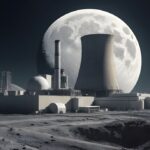


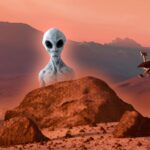



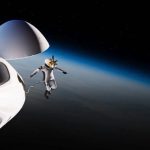
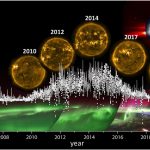
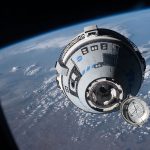
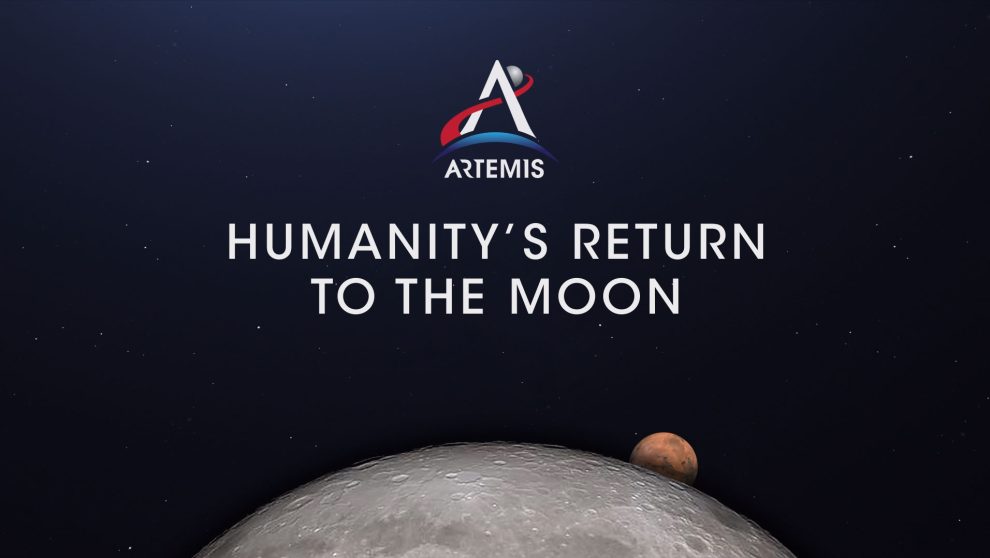
























Add Comment